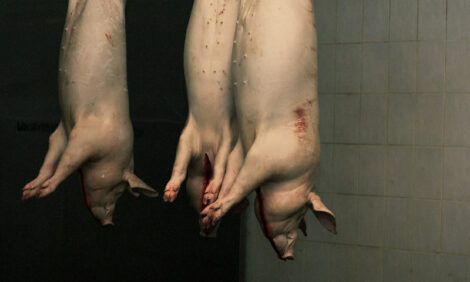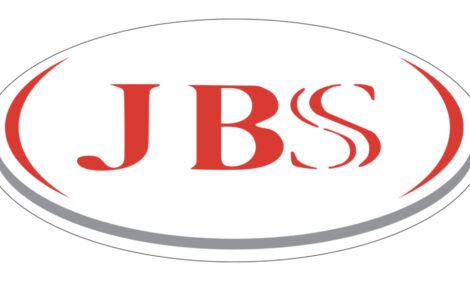



CME: Demand Up for Beef, Pork & Poultry
US - The meat export data released last week by USDA completes the information needed to compute demand indexes through August and the story, at least based on the trailing twelve month period remains positive for all three major species, write Steve Meyer and Len Steiner.Annual indexes for 1970 through 2010 are shown in the chart
below. The last observation (for 2011) represents the twelve
month period from September 2010 through August 2011 compared to the same period one year earlier.
We use the twelvemonth period for the current year because there are significant
seasonal influences on the various demands and comparing only a
part of a year (January through August 2011, for instance) to an
entire year could omit some of these seasonal factors. Those factors may be positive or negative for the remainder of the year, depending on the species, but their omission could cause an obvious
bias.
Pork demand leads the three major species for the September-August period gaining 4.4 per cent on one year earlier. That number is slightly lower than the +4.8 per cent change for August-July but is
solidly positive none the less.
Chicken demand is also strong
based on the 12-month lagging period, gaining 3.6 per cent. That compares to +3.4 per cent in July.
Beef demand is still positive for the twelve
month lagging period. The September-August figure of +0.9 per cent is
barely larger than the +0.8 per cent for August-July.
Note that these
month-to-month changes in the 12-month lagging indexes are impacted not only by the size of the change in the current month but
by the size of the change in the month being dropped out of the
average — in this case August 2010.
It appears likely that the demand indexes for all three species will end the year higher than one year ago for the first time
since 2004 at the height of popularity of the Atkins Diet. It would
also mark the reversal of downward trends in all three species.
While the pork demand index has enjoyed two positive years during
the 2005-2010 downtrend, chicken demand declined every year
and beef demand increased just fractionally in 2007.
One point a
trend does not make but having all three of the indexes increase
this year provides some hope that the slide may be over.
While demand appears good, per capita consumption
continues to fall — what gives? Total domestic per capita consumption of beef, pork, chicken and turkey will indeed decline this
year for the fifth straight year and this year’s 204.7 pounds will be
seven per cent below the record 220.0 pounds set in 2006.
But consumption is
not demand. The price that consumers are willing to pay for a product, along with the quantity they are willing to buy/consume both
figure into demand and retail prices for beef and pork were at or
near record highs in August.
Retail chicken prices were not at record levels but were also high. We will discuss September retail
meat prices after they are released by USDA tomorrow.
Domestic per capita consumption is driven primarily by
four variables: production, imports, exports and population growth.
The last, or course, is a steady +0.8 per cent or so for the United States
but the others can change from month to month. Last week’s export data indicated that domestic supplies of beef and pork were
reduced significantly by out-shipments.
Lower domestic availability
means prices must be higher in order for demand to strengthen.
The problem arises when retail prices do not respond quickly. In
that case, consumer demand may still be good in reality but our
indexes may show a slowdown because domestic availability/
consumption drops and prices do not immediately respond.
That is,
in fact, the case for beef and pork in August as the August singlemonth indexes for both species were below the same-month indexes from one year ago—and were driven downward by higher exports and slow-responding retail prices.







